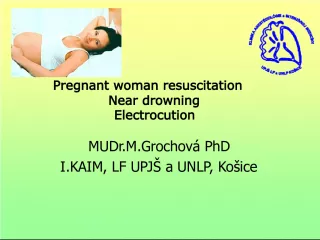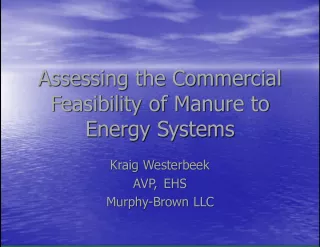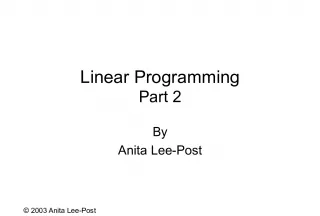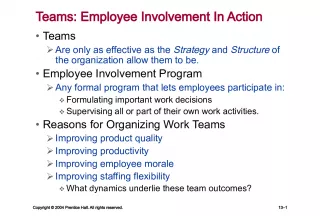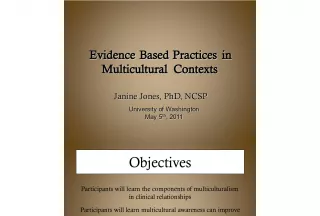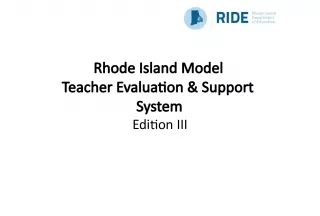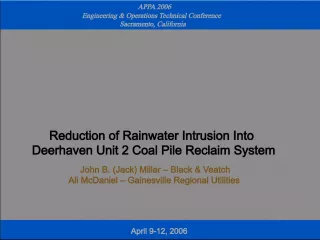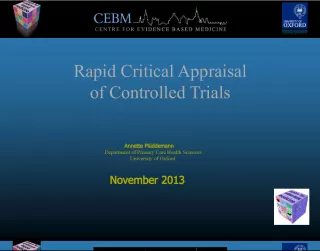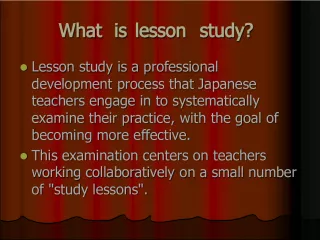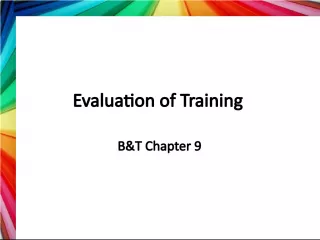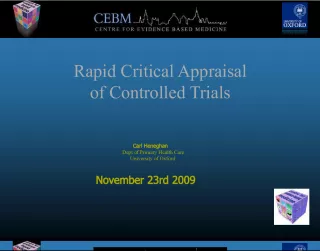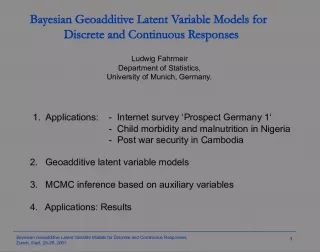Cardiopulmonary Resuscitation in Microgravity: Feasibility and Effectiveness


This study assesses the ability to perform cardiopulmonary resuscitation (CPR) in microgravity conditions and evaluates its effectiveness. The results provide insights for future space missions.
- Uploaded on | 1 Views
-
 raquel
raquel
About Cardiopulmonary Resuscitation in Microgravity: Feasibility and Effectiveness
PowerPoint presentation about 'Cardiopulmonary Resuscitation in Microgravity: Feasibility and Effectiveness'. This presentation describes the topic on This study assesses the ability to perform cardiopulmonary resuscitation (CPR) in microgravity conditions and evaluates its effectiveness. The results provide insights for future space missions.. The key topics included in this slideshow are CPR, microgravity, feasibility, effectiveness, space missions,. Download this presentation absolutely free.
Presentation Transcript
1. An assessment of the feasibility and effectiveness of a method of performing cardiopulmonary resuscitation during microgravity. Simon N Evetts, Lisa M Evetts, T Russomano, J Castro and J Ernsting CB OBE. Microgravity Laboratory, PUCRS, Porto Alegre, Brazil. Human Physiology and Aerospace Medicine Group, Kings College London.
2. Background CPR in microgravity. Current procedures Restrained. Unrestrained. Need for effective unaided, single person CPR in space.
3. Recent and current CPR guidelines European Resuscitation Council 1998: Mouth-to-mouth ventilation requiring tidal volumes of 400 500 ml. Chest compression depth of 40 50 mm. Chest compression rate of ~ 100 compressions.min -1 . European Resuscitation Council 2001: Tidal volumes of 700 1000 ml. Chest compression depth of 40 50 mm. Chest compression rate in excess of 100 min -1 .
4. Evetts, Russomano, Castro CPR Method. Human subject in microgravity (position only).
5. ERC Method. Human subject in microgravity (position only).
6. ERC Method. Manikin use in microgravity (position and CPR).
7. Study Method Subjects/investigators. Laerdal CPR Manikin adaptation. Pre & post flight procedures. In flight procedures. Measurements.
8. Results Measure +1G Z Microgravity Chest Compressions Depth (mm) 43.6 0.59 41.3 1.03 Range (min-max, mm) 40.4 47.1 27.6 51.2 Rate (compressions.min -1 ) 97.1 3.0 80.2 3.4 Percent correct (depth) 90% 60% n 225 672 Volume Volume (ml) 507.6 11.5 491 50.4 Range (min-max, ml) 423 570 284 - 891 Percent correct 87% 69% n 30 32
9. Results Measure +1G Z Microgravity Chest Compressions Depth (mm) 43.6 0.59 41.3 1.03 Range (min-max, mm) 40.4 47.1 27.6 51.2 Rate (compressions.min -1 ) 97.1 3.0 80.2 3.4 Percent correct (depth) 90% 60% n 225 672 Volume Volume (ml) 507.6 11.5 491 50.4 Range (min-max, ml) 423 570 284 - 891 Percent correct 87% 69% n 30 32
10. Results Measure +1G Z Microgravity Chest Compressions Depth (mm) 43.6 0.59 41.3 1.03 Range (min-max, mm) 40.4 47.1 27.6 51.2 Rate (compressions.min -1 ) 97.1 3.0 * 80.2 3.4 * Percent correct (depth) 90% 60% n 225 672 Volume Volume (ml) 507.6 11.5 491 50.4 Range (min-max, ml) 423 570 284 - 891 Percent correct 87% 69% n 30 32 * P < 0.05
11. Results Measure +1G Z Microgravity Chest Compressions Depth (mm) 43.6 0.59 41.3 1.03 Range (min-max, mm) 40.4 47.1 27.6 51.2 Rate (compressions.min -1 ) 97.1 3.0 * 80.2 3.4 * Percent correct (depth) 90% 60% n 225 672 Volume Volume (ml) 507.6 11.5 491 50.4 Range (min-max, ml) 423 570 284 - 891 Percent correct 87% 69% n 30 32
12. Discussion Reasons for insufficient rate of chest compression and greater variation of measures in microgravity. Novelty of environment. Variable acceleration forces. Shortness of microgravity exposure. Degree of manikin reliability.
13. ERC compared to other methods of performing CPR in microgravity. Current unpublished findings. Further research required: Effects of training and expertise. Effects of strength. Effects of anthropometric indices. Discussion
14. Effectiveness of the ERC method for all populations will need to be ascertained before it can be considered a viable method. CPR of this nature is more difficult than at +1G Z and will therefore require appropriate pre-mission training. Preliminary results indicate that the ERC method of unaided, single person CPR in microgravity is likely to be viable for use in space. Conclusion
